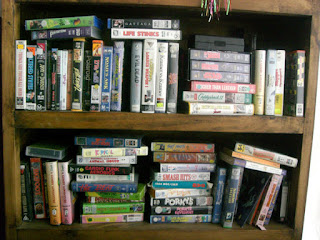 At Oxford Duplication we use high tech video tape conversion machinery to meet all your tape demands.
At Oxford Duplication we use high tech video tape conversion machinery to meet all your tape demands. Simply post your order or bring them into our facilities, which has a convenient large customer car park and we will prepare your order.
Why store all the films and VHS tapes in the closet where no one ever gets to see them? Every passing year degrades the quality of your films, tapes and photos. Our studio makes it easy for you to relive and experience those precious memories whenever you want.
Our services are second to none in Oxfordshire and we are highly recommended as the no.1 place to go for all digital transfers.


Comments
Post a Comment